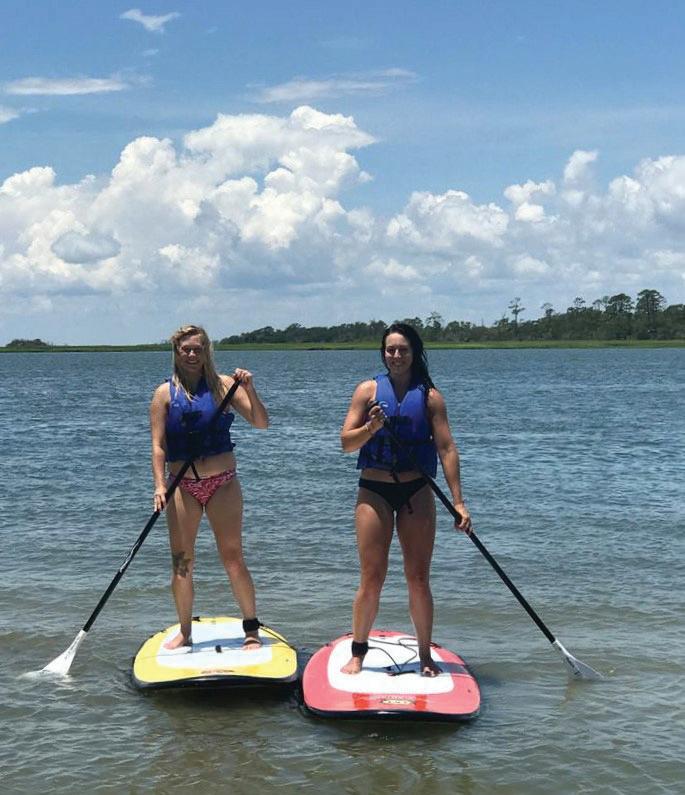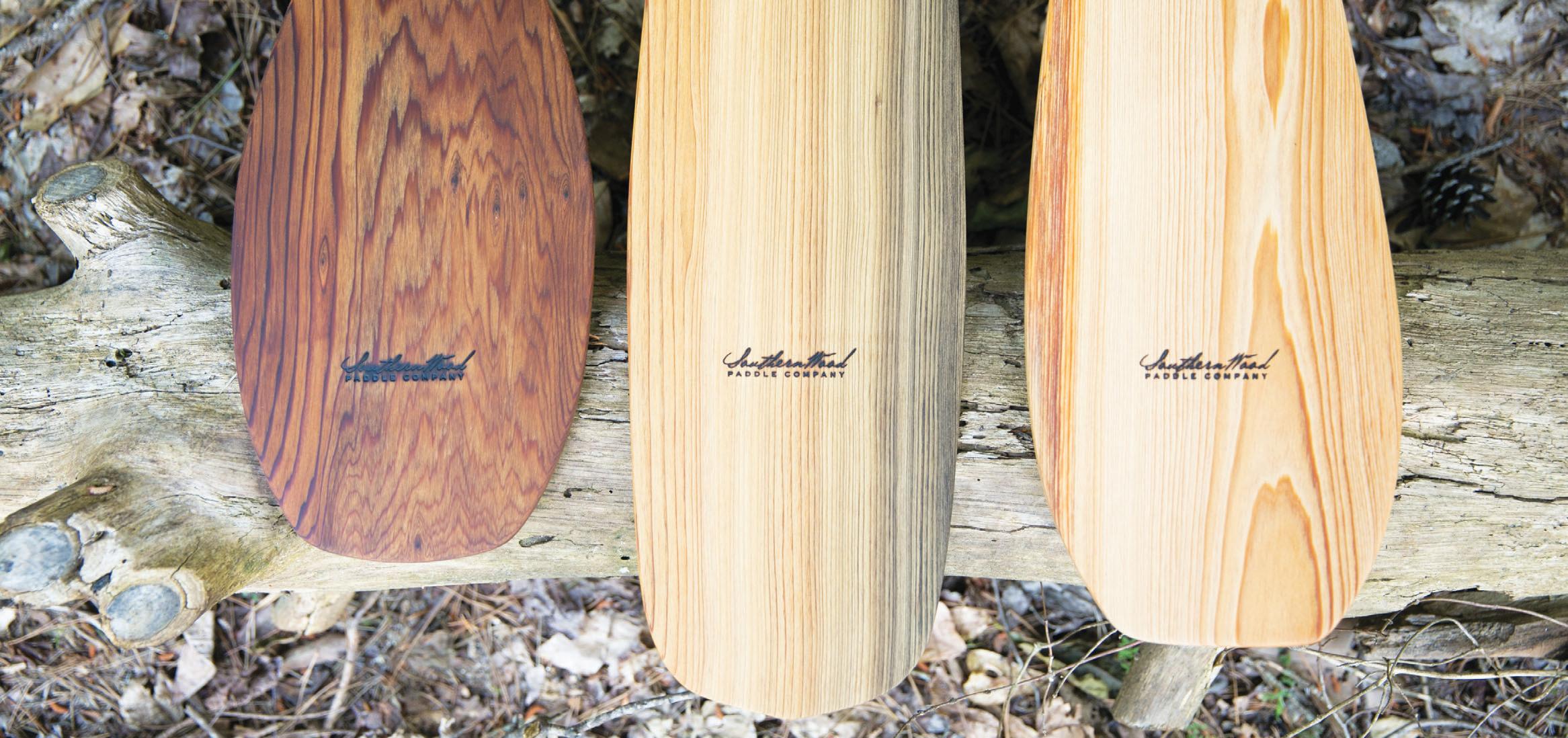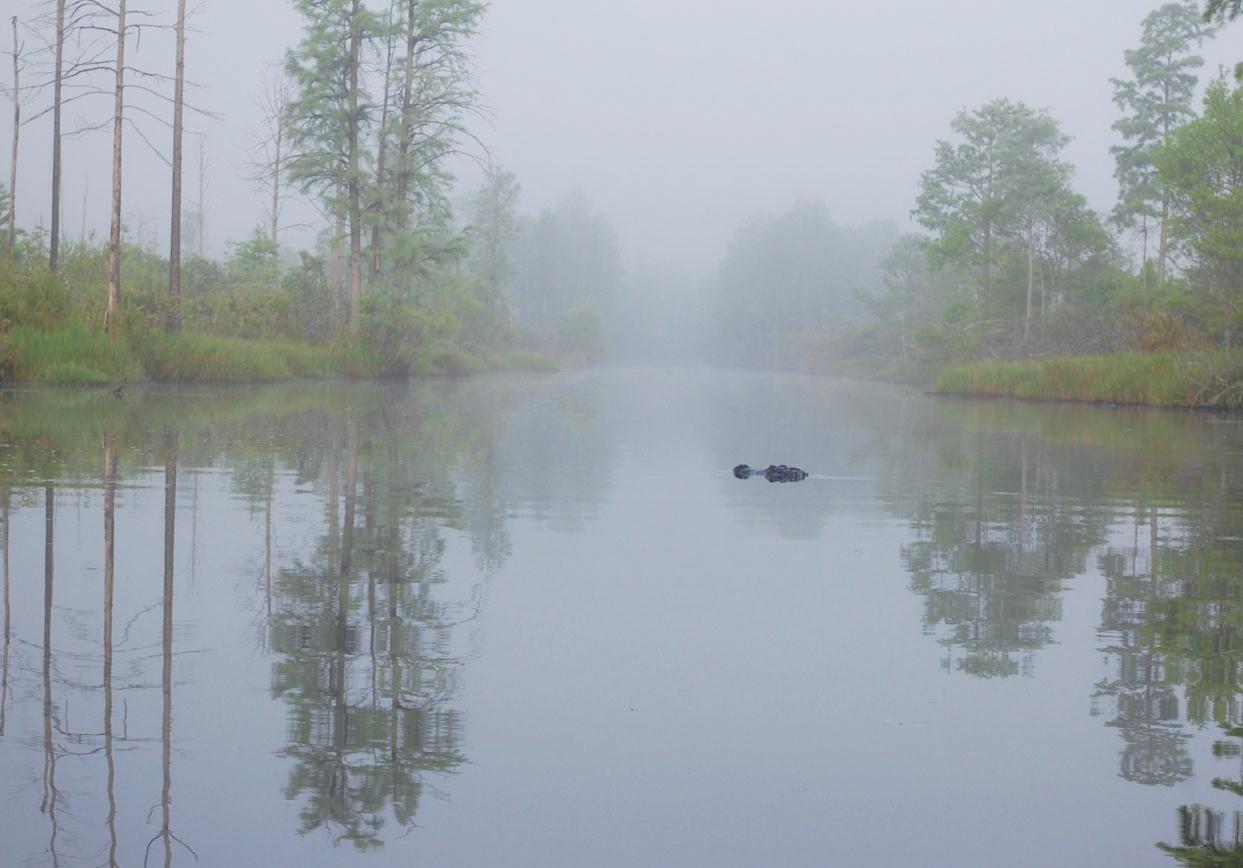
4 minute read
SUP Safety 22
By Cathy Liberatori, NSSIA Master Surf and Paddleboard Instructor
It's that time of year again! Summer, with all of the pleasures it entails: vacations, trips to the beach, longer days and nights, and time spent with family and friends. Increasingly, these “breaks” from our daily routine involve adventures and new experiences. Here in Coastal Georgia, we are blessed to be surrounded by beautiful waterways, from the beach to tidal rivers and creeks and even lakes. Although some folks are content to sit and soak in the sun, perhaps reading a book and taking a dip to cool off , there’s a huge majority of people who are looking for a new and adventurous experience. Stand-up paddleboarding (SUP) is the answer!
Advertisement
Stand-up paddleboarding is the fastest growing watersport in the world, mostly because it's fun, but also because anyone can do it, in any body of water, at any time of year. People are paddling in rapids, in lakes, streams, rivers, ponds, and of course, the ocean. We paddle for pleasure, for exercise, to bring new depths to our yoga practice and to get into places that are not accessible by boat. We paddle with friends, with our children and with our pets!
Because this sport is so accessible to so many people, on so many bodies of water, there can a false sense of security associated with paddleboarding. Unlike traditional boating, or even kayaking or canoeing, safety is something that too many people take for granted, which has resulted in an increasing number of accidents and injures. Most injuries, accidents and fatalities do not occur in “extreme” components of paddleboarding, but rather, in the recreational sector.
As a nationally certifi ed stand-up paddelboarding master instructor, and someone who has been teaching locally now for over a decade, please allow me to suggest the following to help keep you safe while enjoying this totally awesome adventure we call SUP:

Above: Your dog can be a great SUP companion - just don't forget his life jacket and leash too! Bottom left: Life vests, board leashes and going with a partner are all important safety rules. Photos provided by East Coast Paddleboarding
• Know the water you are getting into. The best way to do this is to take a lesson from a certifi ed instructor or school. Instructors know the water, the conditions, the hazards and how to keep you safe. They know how to teach and how to accommodate their participants and what to do in case of an accident, injury or perilous situation. Even if you are an experienced paddler, our coastal and tidal waterways change daily. Ask a local about current conditions! Learn what a tide chart is and how to read one! • Know what the weather is predicted to do. Wind is a major factor when paddleboarding, especially here locally. Be sure you understand how the wind and currents will aff ect your adventure. Have a plan for inclement weather and know your safety options if you need to get off the water quickly. • Wear a life jacket or personal fl otation device (PFD). It's the law, and it's a good idea! If you choose to wear a waist belt PFD, learn how to use it before you get on the water and be aware of its limitations. We suggest wearing a traditional life jacket, which will keep you afl oat without any action on your part. Plus, the buoyancy will assist you in climbing back onto your board if/when you fall off . Your PFD is also required to have a whistle. • Wear a board leash. A leash will keep you attached to your board and allow you to climb back on. Think about it: your board is a very large piece of fl otation! Never separate from it! • Wear proper clothing. Be sure you’re prepared for a variety of situations and changing weather. Wear a wetsuit or drysuit if conditions require. Wear sunscreen and quick-drying (non-cotton) clothing. Hats and sunglasses are a great idea, but be aware that sunglasses usually don’t swim well so plan accordingly with a sunglass strap. If water shoes are needed either bring or wear them. • Safety gear. Depending on your paddling adventure, plan ahead by bringing the proper safety equipment. Some suggestions include: fi rst aid kit, waterproof electronic device such as a cell phone or watch (be sure to attach fl otation if needed), and water! Always bring a non-alcoholic beverage to stay hydrated. • Never paddle alone. • Always leave a fl oat plan with someone. The information should include where you are going, when you are leaving and when you are due to return.
As a paddleboarder, you are subject to all local rules and laws of the water, just the same as a boater – but you are way more vulnerable out there! Watch out for wake thrown by boats, and for marine life that may be present and dangerous. Stay safe and have fun!
For more information or instruction: East Coast Paddleboarding (912) 484-3200 www.eastcoastpaddleboarding.com









